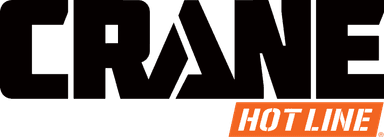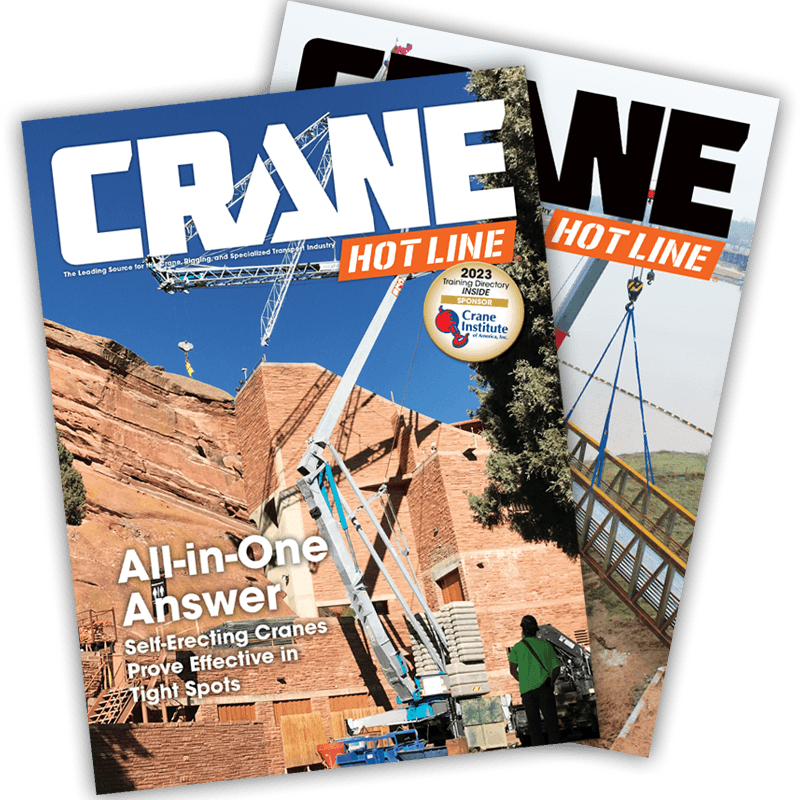Plugging the Visibility Gap
Turning remote equipment monitoring into a daily discipline
Ask an operations manager why a job went sideways and the answer is rarely “lack of talent.” More often, the culprit is a pin‑hole leak in visibility: a spreader bar double‑booked, a crew member missing a certification or the wrong paperwork still sitting on a dispatcher’s desk. None of this happens because people are careless. It happens because the operation is a vessel with dozens of small leaks that drain time and margin. Patch one hole and five more open.
Most owners attack leaks one at a time. They buy a sensor, bolt on a point solution or build a spreadsheet. Maybe an immediate hole is plugged, but a new one opens because the job is scheduled on a white board, the work order is on paper, a job hazard analysis isn’t filled out, or the stack of paperwork lives on someone’s desk and still needs to be processed. The cost shows up as idle cranes, overtime and invoices that linger unbilled.
Global studies confirm what we see on the yard: 98% of construction projects run late or over budget and 96% of the data we generate on those jobsites is never reused. For crane owners, that lost data translates directly into wasted motion.
Technology alone does not fix those operational problems. Daily operational discipline does. Sensors, apps, tags and technology earn their keep only when they fit into workflows crews already trust. Real gains happen when data flows into the daily operations that guide decisions long before a crane leaves the yard.
Remote monitoring often promises quick fixes, but its value must be measured against how a company operates. If the technology does not fit, it is asking the company to change. Instead, companies should seek tools that enhance how they already work.
When technology moves in parallel with operations, three clear benefits follow:
- First, resources are leveraged to their full potential. That means more than just equipment. It includes people, documents tied to the job, certifications for crews and assets and smarter scheduling. It is about aligning all these resources efficiently and removing the discrepancies that cause delays and frustrate customers.
- Second, operations become united through a single source of truth. When fragmentation is removed, teams stop passing information through a game of telephone between departments. Instead, people focus on doing what they do best. They work together, aligned under one clear goal: mission accomplishment.
- Finally, companies gain true visibility. With better visibility comes the ability to see where leaks are likely to form and take proactive steps to prevent them. Most problems can be avoided if they are recognized early. Visibility gives companies their best opportunity to stay ahead and operate efficiently.
Industry Leaders
Already seeing results, these companies are leading the industry into the digital age:
Bragg Companies moved union timecards from paper to a mobile workflow that mirrored the familiar grid. Crews did not have to re-learn the process. Adoption was immediate, and payroll reclaimed nearly two full days every week. Operators saw technology removing work, not adding to it. That benefit drove a larger push to eliminate more outdated processes. Savings compound when inefficiency is removed at the source.
Mr. Crane proved the value of visibility in real time. During a bid review, a general contractor wanted to verify equipment certifications on a specific piece of gear. Those documents were stored on tracking pods. You need to be able to schedule, quantify, organize and store data alongside assets. The general manager pulled up the documents and closed the deal on the spot.
These companies are not disrupting operations to check a technology box. They captured data they were already collecting and moved it into systems that flow faster and prevent mistakes.
Lessons Learned
The companies leading this shift are not just applying technology. They are applying it with intent. Visibility is not a feature. It is a discipline.
Start by copying what already works. Digital tools gain traction when they reflect familiar processes. Change becomes natural when it removes friction. Radical redesign can wait.
Make ownership of information clear. When people capturing data see that information flow directly into scheduling, billing or compliance they understandits purpose.
Secure the handoff. Trackers and spreadsheets might seem quick, but they often expose sensitive information or introduce risk. Systems must ensure the right people have access to the right data at the right time.
Visibility works when it lives inside the daily habits of operations. The future of visibility is about context. Imagine a dashboard blending location data with schedules, certification expirations and the true cost of keeping a resource idle. The opportunity is not in another buzzword solution but in what you can do with unified information. The data already exists in most companies. The question is whether it lives in silos or is unified to drive action.
The companies that win will treat information like any other critical asset. It will be maintained, inspected and strategically deployed. Real-time proof of condition, usage and compliance will become a competitive advantage. Visibility will not just tighten field operations. It will strengthen balance sheets.
You do not need to overhaul your entire business to start seeing the benefits of better visibility. Start simple. Identify a recurring gap. It could be missing lift plans, delayed timecards or unbilled work.
Trace where that gap leads. Look at wasted hours, excess overtime, missed opportunities or strained customer relationships. Ask if your current systems close that gap without adding more work.
If the answer is no, the solution is not another standalone gadget. It is a workflow designed to let data work as hard as your cranes.



